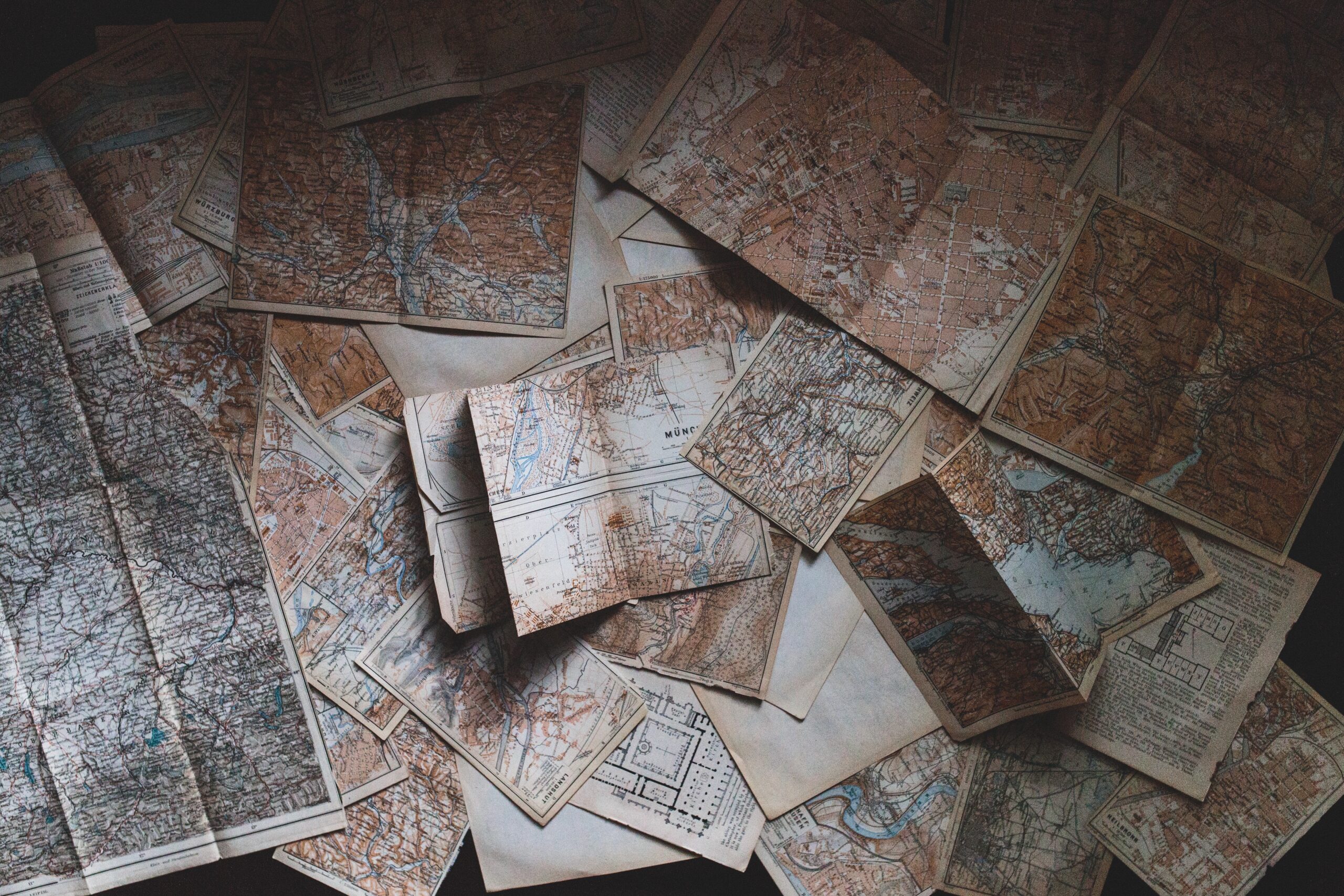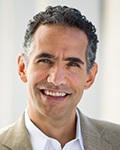What if some of the most effective climate adaptation policies weren’t climate policies at all? Esteban Rossi-Hansberg and Klaus Desmet visited us this summer as PERC Lone Mountain Fellows to explore two seemingly unrelated—and often unrecognized—methods of climate adaptation: free trade and migration.
We asked Rossi-Hansberg, an economist at Princeton University, and Desmet, an economist at Southern Methodist University, about their research and its potential influence on current policy debates over climate change.
Q: We don’t often think of climate adaptation this way, but you argue that free trade and migration can be important tools to allow us to adapt to climate change. First, why is free trade so important for climate adaptation?
A: If you are a wine grower, climate change will affect you more in southern Spain, where temperatures are already quite extreme, than on the Oregon coast, where the climate is much milder. So as global temperatures rise, we expect trade patterns to shift. As some places become too warm to produce wine, other locations will become more suitable for grape production. In a world with trade, where we don’t all need to grow our own vegetables in our backyard, there is no reason why people cannot prosper in the middle of the desert. Between 2000 and 2010, one of the fastest-growing cities in the United States was Las Vegas. Such growth would have been unthinkable if all of the city’s food had to be sourced locally.
Q: What about free migration? Why is it so important for climate adaptation?
A: Migration would not be much help if the entire world loses from climate change. However, the Intergovernmental Panel on Climate Change predicts that by 2100 temperatures will increase by about 2 degrees Celsius at the Equator and by about 6 degrees at the North Pole. While this could spell disaster for some tropical regions, it will bring advantages to places farther north, such as Canada and Siberia. These areas have the additional advantage of being thinly populated, so in principle free migration should be able to solve many of the problems derived from rising temperatures.
Q: What would we expect the effects of future climate change to be in a world with free trade and free migration, compared to a world in which there is less trade and migration?
A: In our research we have developed an economic model of the world that allows us to analyze both the local and the global effects of climate change. We find that rising temperatures would essentially have no effect on economic welfare in a world with free migration and free trade. In contrast, in a world where no one is allowed to move, the cost would rise to about 5 percent of world GDP, with some regions of the world suffering huge losses of more than 20 percent.
Q: What are some of the dynamics between the human economy and physical climate that you are accounting for in your work?
A: Economic activity generates emissions, which in turn lead to rising temperatures. Global warming affects economic production, but its impacts differ across sectors and space. Growing crops is more sensitive to temperature than assembling cars, and an increase in temperatures may lower crop yields in the Congo but increase them in Canada. As a result, climate change will affect not just specialization and trade patterns but also the spatial distribution of people and economic activity. That, in turn, will have a profound impact on the geography of innovation, as well as on local and global economic growth. In our work, we model and quantify these links.
Q: There are major obstacles to free migration today. So how likely is it to be an effective strategy?
A: We live in a world with political borders, visa requirements, and migration restrictions. At first sight this appears to be a major obstacle. But we should remember that climate change is a slow-moving process. Yes, over the next 200 years the distribution of population across the globe will look quite different if we are to adapt to climate change. However, because the process is so gradual, we are unlikely to see massive movements of people over short periods of time.
This makes migration as a way of adapting to climate change more politically feasible than we might think. After all, if instead of looking 200 years into the future, we go 200 years backward, the distribution of population across the globe looked quite different than it does today. In 1800, only 3 percent of the world’s population lived in the Americas, compared to 14 percent today, whereas Europe’s share declined from 21 percent to 12 percent. Of course, the past need not predict the future. One obvious difference is that the world’s population has increased six-fold in the last two centuries. Although that might make it harder to move people, it is worth remembering that 70 percent of the world’s population lives on only 10 percent of the land. So there continues to be plenty of unpopulated land available in northern latitudes that could be put to productive use.
Q: How do you see recent issues relating to global migration—from European countries’ mixed response to refugees coming into the European Union, to a newly elected U.S. president pledging to build a border wall, to a Brexit vote fueled partly by anti-immigration sentiments—affecting our ability to adapt to climate change?
A: The political debate on immigration is understandably dominated by short-sighted concerns. In the short run, immigration may bring a certain degree of economic, social, and cultural turmoil. Workers in the United States worry their jobs will go to newcomers, Brexiteers are concerned about the strain migrants from the rest of the European Union put on the social welfare state, and Europe debates about the loss of its cultural identity. In the long run, however, countries that accept more immigrants expand the size of their local markets, which ends up being a powerful driver of innovation. Our research shows that freer migration has enormous long-run benefits for economic growth in the United States and Europe. It would be foolish to shut our borders. Doing so would not only limit our ability to adapt to climate change, it would also sow the seeds of our long-run economic decline.
Q: You’ve argued that the world has seen climate change before and people have taken measures to adapt to these changes. When and how did these adaptations happen?
A: During the Medieval Warm Period from the 9th to the 14th century, world temperatures increased about 1 degree Celsius. This had a profound impact on both trade patterns and population movements. During that period there were vineyards as far north as southern Norway, and there is evidence of long-distance trade across the Arctic. Scandinavia’s population grew, and the Vikings ventured to new lands, colonizing Iceland, Greenland, and the coast of Newfoundland.
In more recent times, the Dust Bowl drove 2.5 million Americans from the Great Plains to California. These examples illustrate how movement has historically been a powerful way to adapt to changing climatic conditions.
Q: What implications do these past examples have for the way we will respond to changing climatic conditions this century?
A: As anthropologist Brian Fagan says, in old times “the only protection against [climate] disasters was movement.” While this may not have been exactly true—by the 16th century the Dutch were experts at reclaiming land from the sea—in today’s world our menu of choices is much broader. In addition to moving, we can mitigate global warming by developing new technologies, we can adapt to rising sea levels by building sophisticated seawalls, and we can turn on the air conditioning whenever it becomes too hot.
This suggests that the world will likely pursue a wide variety of strategies to respond to climate change. However, the current policy debate over global warming often ignores free migration and free trade. We believe that should change.





